If you're seeking affordable and effective treatment options for sickle cell anemia, India offers world-class medical facilities at affordable cost.
Recovery Time
3 Months
Success Rate
85%
Hospital Stay
28 Days
Treatment Type
Treatment
Home Treatments Hematology Sickle Cell Anemia Treatment
Are you seeking affordable, advanced options for treating sickle cell anemia?
Sickle cell anemia is a disease you can inherit from your parents through their genes. It affects your blood by causing your body to make a different type of hemoglobin.
If you have sickle cell anemia, your body doesn’t get enough oxygen, which can also cause your tissues and organs to malfunction.
No need to worry now!
Choose India for superior sickle cell anemia treatment, expertise, and high-quality care to support your recovery. Hospitals there provide advanced sickle cell anemia procedures, such as acute chest syndrome, frequent pain episodes, and stroke, with high success rates and experienced hematologists.

Sickle cell anemia treatments help manage the disease, prevent problems, and reduce pain caused by vaso-occlusive crises (VOCs). VOCs happen when sickle-shaped blood cells block blood flow, causing severe pain in the arms, legs, lower back, and belly.
There is no cure for sickle cell anemia, but treatments can help people live better with the condition. These treatments are:
The total cost of sickle cell anemia treatment includes hospital charges for your stay, use of the treatment room, and nursing care.
Cost Component | Details | Estimated Cost in USD |
Pre-operative Consultation & Diagnosis | Consultations, X-rays, MRI scans, CT scans, and blood tests. | 1200 USD |
Surgery Costs | Includes surgeon fees, hospital stays, and surgery type. | 25000 USD |
Allogenic stem cell transplant (match siblings). | Type of surgery and surgeon fees. | 26000 USD |
Haplocidentical stem cell transplant (unmatched donor). | Surgery type and surgeon fees. | 25000 USD |
Rehabilitation and Follow-up | Medications, supportive devices, and follow-up visits. | Variable by Procedure |
Sickle cell anemia happens when the red blood cells in your body don’t work the way they should because of changes in a special protein called hemoglobin. Here are four main types of sickle cell anemia such as:
•Hemoglobin SS Disease
• Hemoglobin SC Disease
• Hemoglobin SB+ (Beta) Thalassemia
• Hemoglobin SB 0 (Beta-Zero) Thalassemia
Other Rare Types of Sickle Cell Anemia:
• Hemoglobin SD
Symptoms include:
• Hemoglobin SE
Symptoms include:
• Hemoglobin SO
Symptoms include:
Sickle Cell Trait
• Diagnostic tests
• Hospital type
• Experienced Surgeons
• Treatment type
• Availability of blood and bone marrow
• Hospital infrastructure
• Additional medications
Country | Cost Structure |
India | 25000 USD |
United States | 100000-150000 USD |
Germany | 76000-90000 USD |
Turkey | 50000-70000 USD |
◾Key Takeaways
✅ Affordable Treatment Costs: India provides affordable treatment options for sickle cell anemia with highly skilled hematologists and advanced facilities, making excellent care accessible to international patients.
✅ Advanced Medical Technology: Indian hospitals are equipped with advanced technology and modern infrastructure, providing quality care comparable to international standards at a more affordable cost.
Sickle Cell Anemia Treatment cost
Treatment Name
Estimated Cost
Sickle Cell Anemia Treatment 25000 USD
India has proficient hematologists for sickle cell anemia treatment. With personalized care and advanced techniques, they provide effective treatment for international patients.
Paediatric Hemato Oncologist and Bone Marrow Transplant Surgeon 20+ Years of Experience
Dr. Vikas Dua
Indian hospitals offer highly skilled specialists, advanced technology, and high-quality care for accurate diagnosis, successful treatment, and supportive recovery for each patient’s requirements.
Beds: 539
New Delhi
Beds: 230
New Delhi
Beds: 710
New Delhi
Beds: 650
New Delhi
Beds: 191
New Delhi
Beds: 310
New Delhi
Beds: 330
Gurugram
Beds: 380
New Delhi
Beds: 402
New Delhi
Beds: 1300+
Gurugram
Beds: 1000
New Delhi
Beds: 500
New Delhi
Beds: 450
Faridabad
Beds: 675
New Delhi
Beds: 500
New Delhi
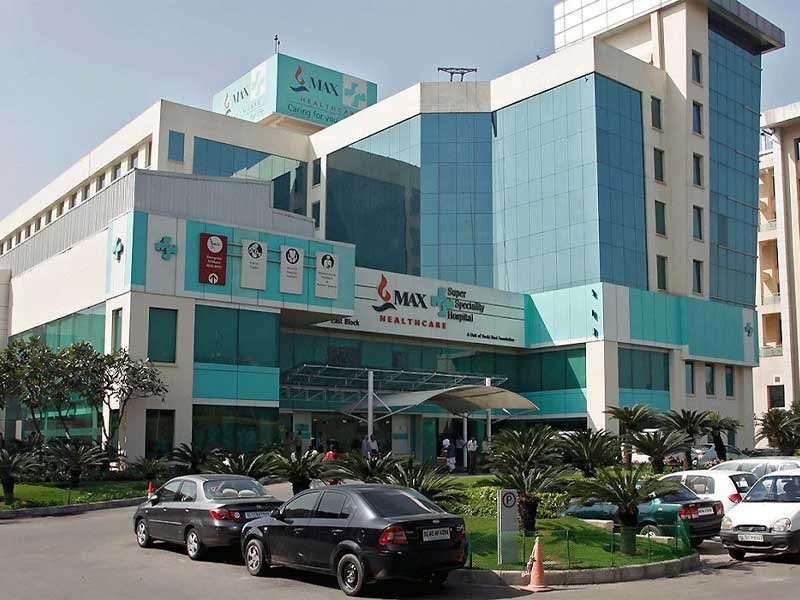
Max Super Speciality Hospital, Saket
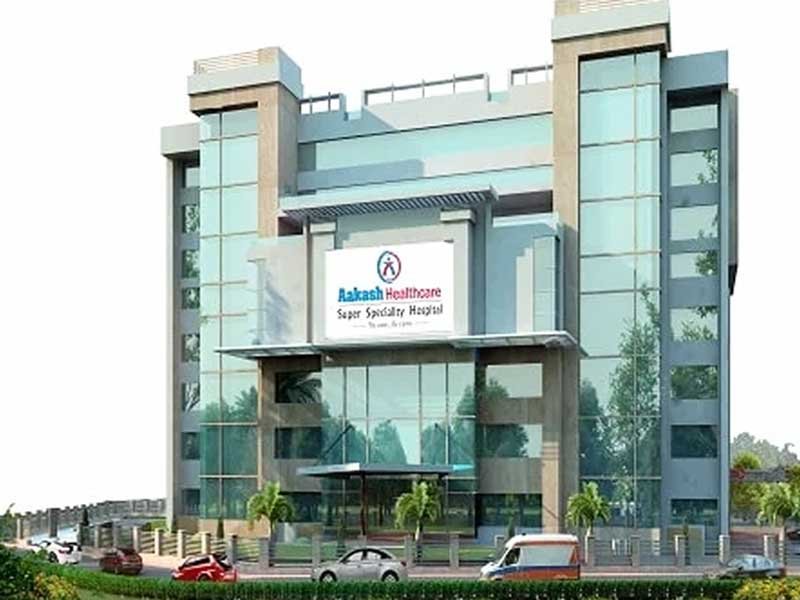
Aakash Healthcare Super Speciality Hospital
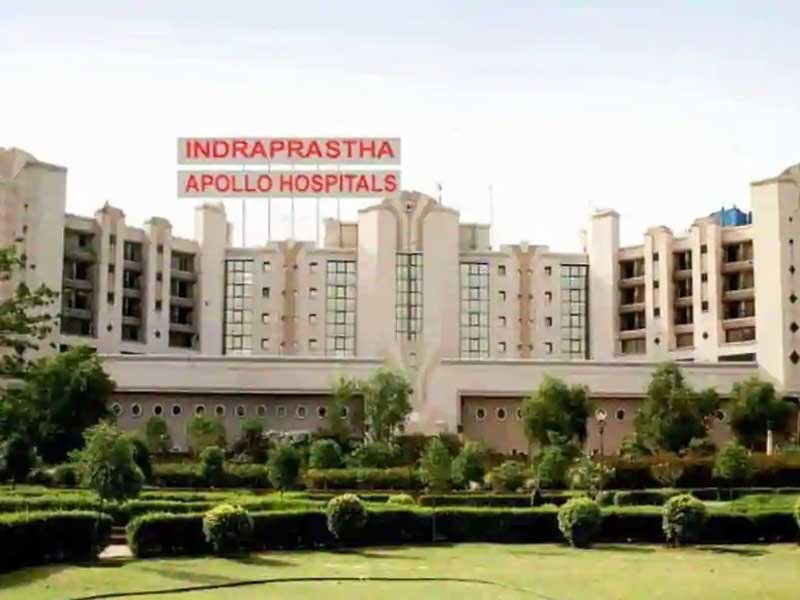
Indraprastha Apollo Hospital
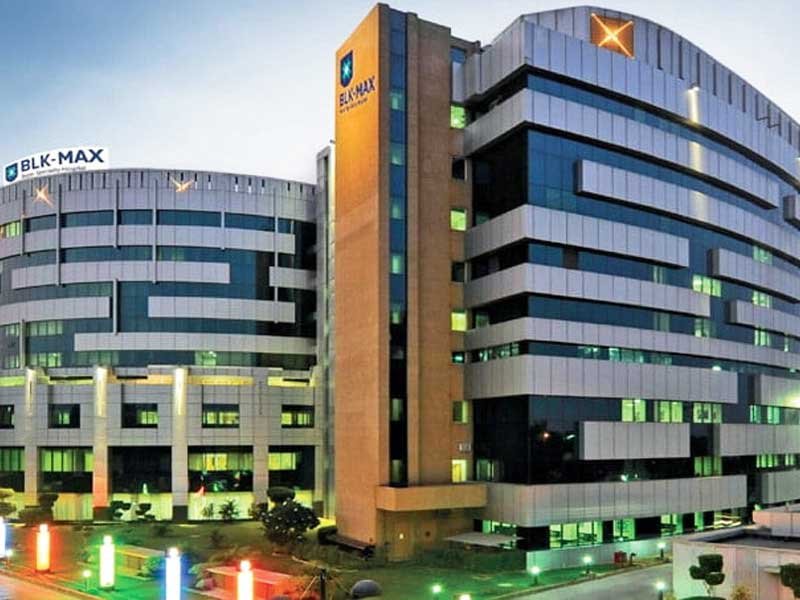
BLK Max Super Speciality Hospital
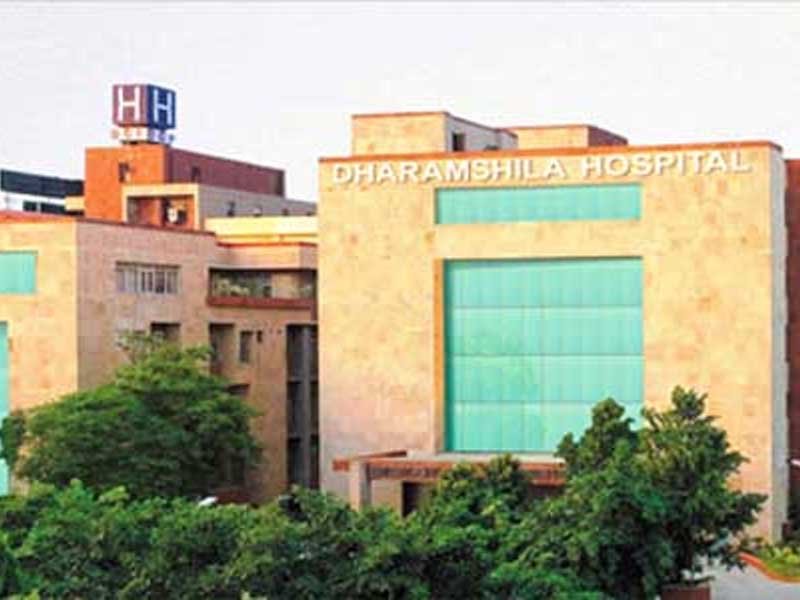
Dharamshila Narayana Superspeciality Hospital
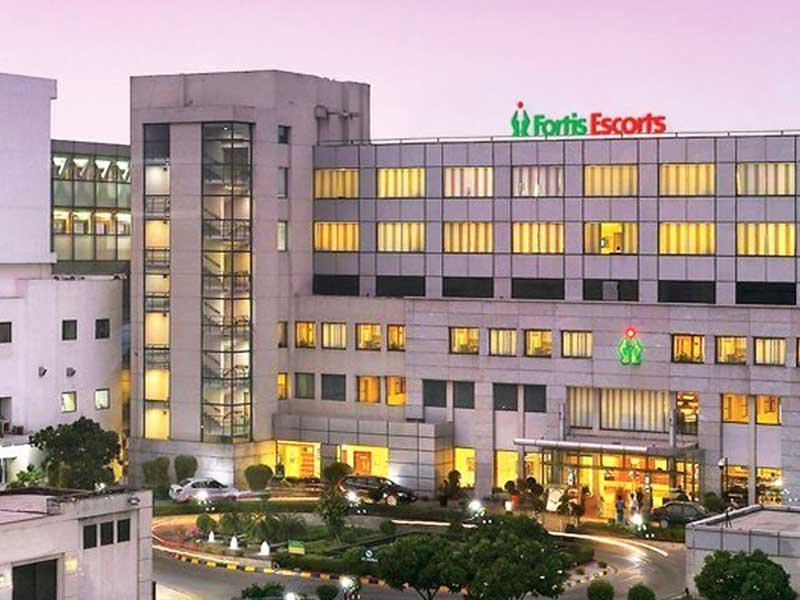
Fortis Escorts Heart Institute
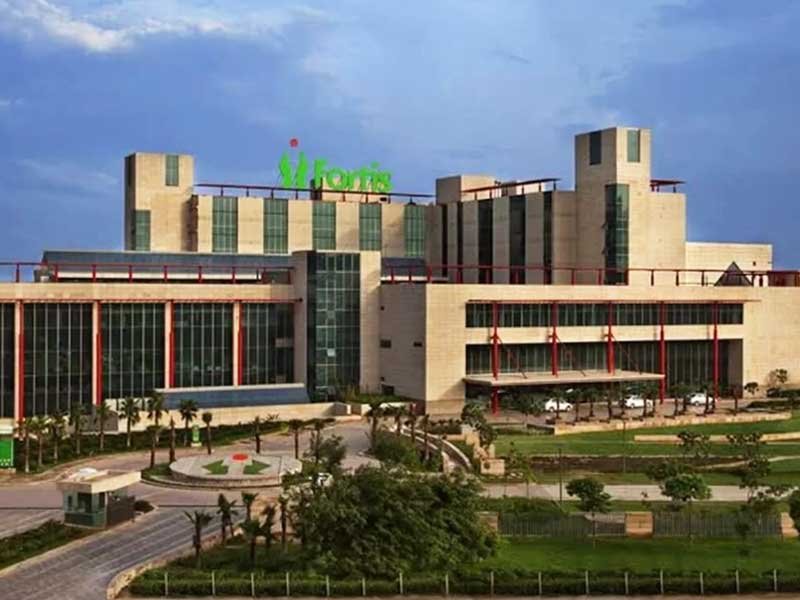
Fortis Memorial Research Institute
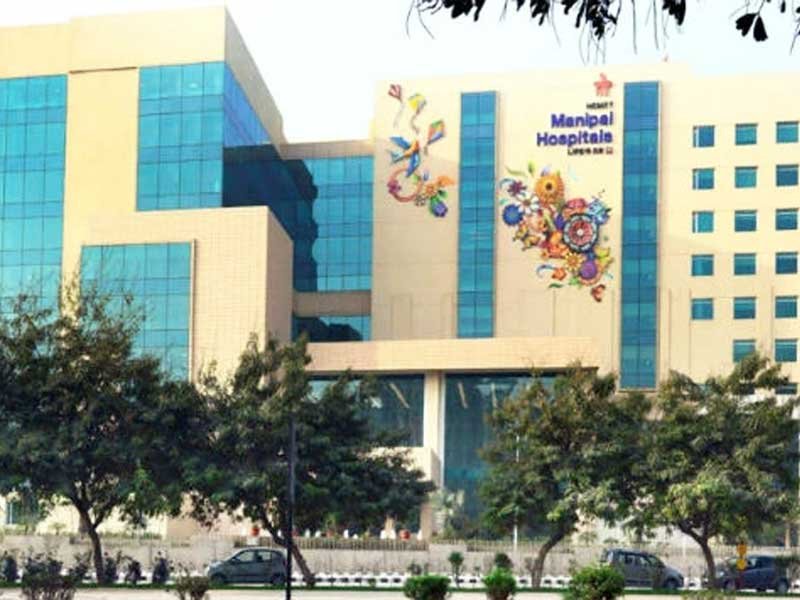
Manipal Hospital Dwarka
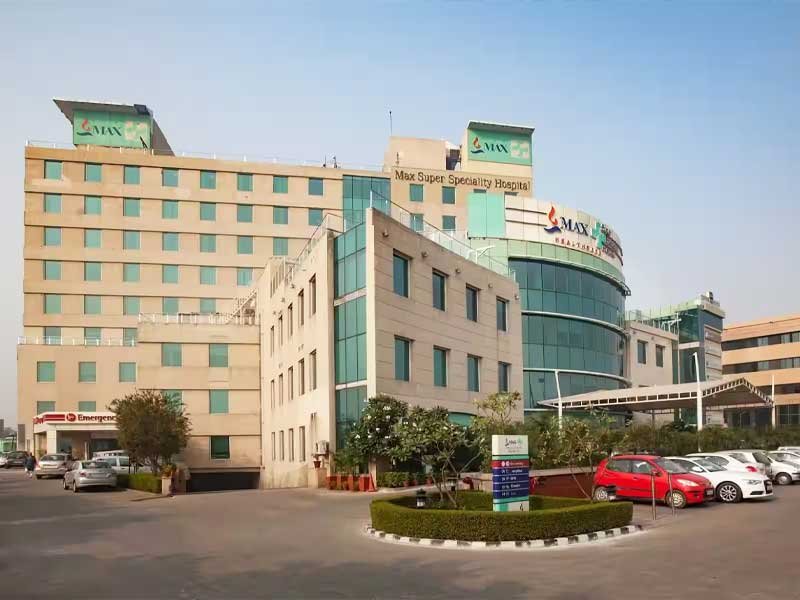
Max Super Speciality Hospital Shalimar Bagh
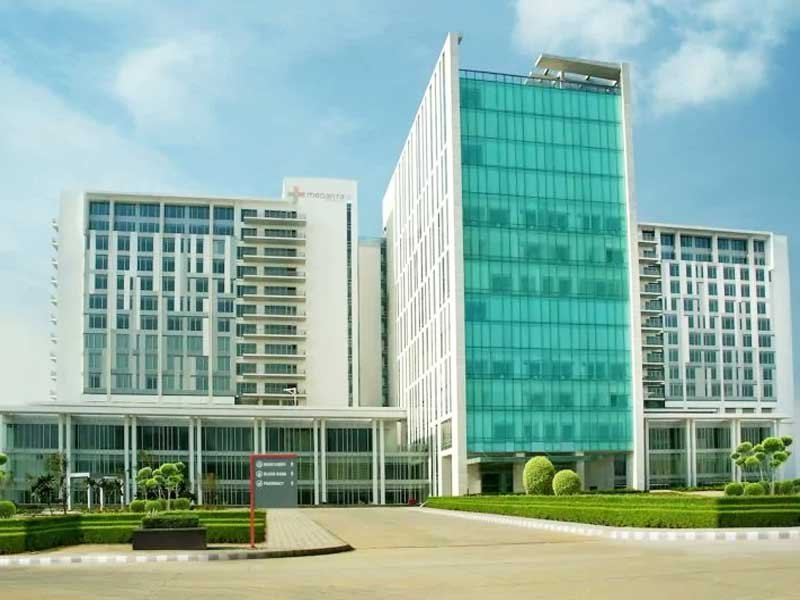
Medanta - The Medicity Hospital
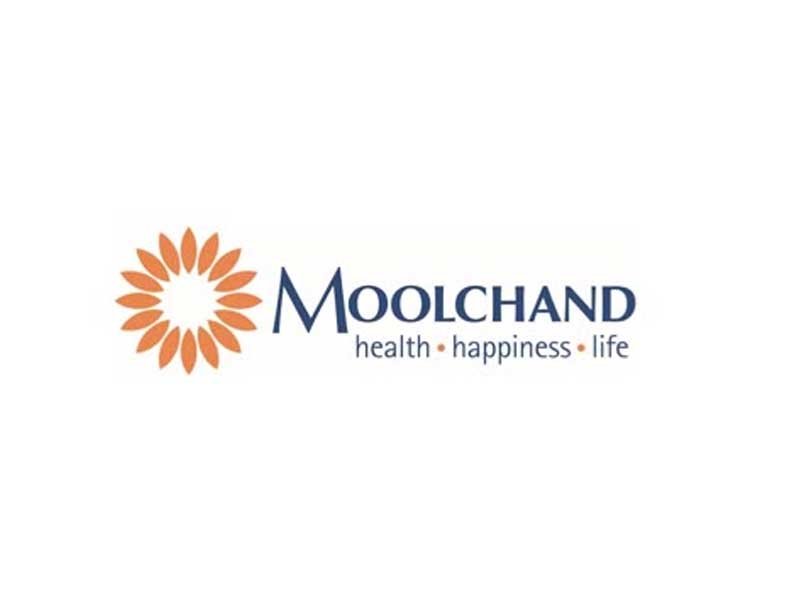
Moolchand Kharaiti Ram Hospital
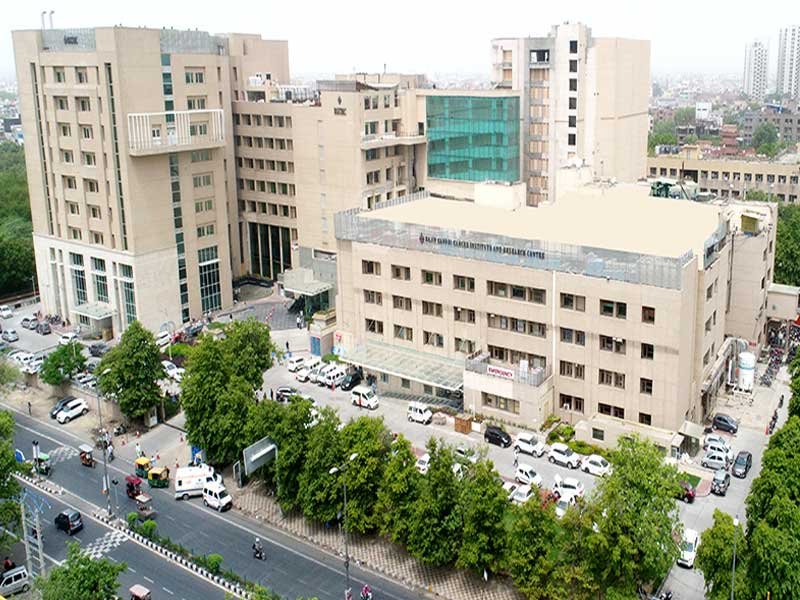
Rajiv Gandhi Cancer Institute and Research Centre

Sarvodaya Hospital
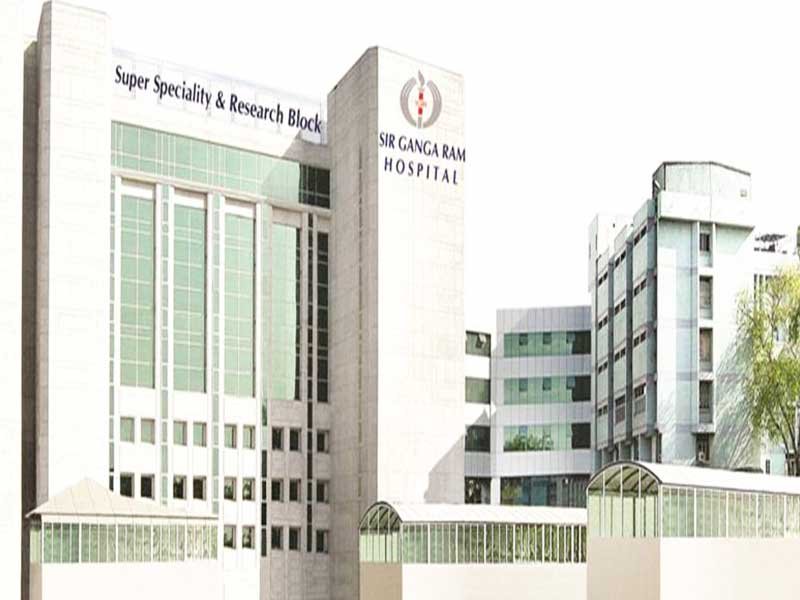
Sir Ganga Ram Hospital
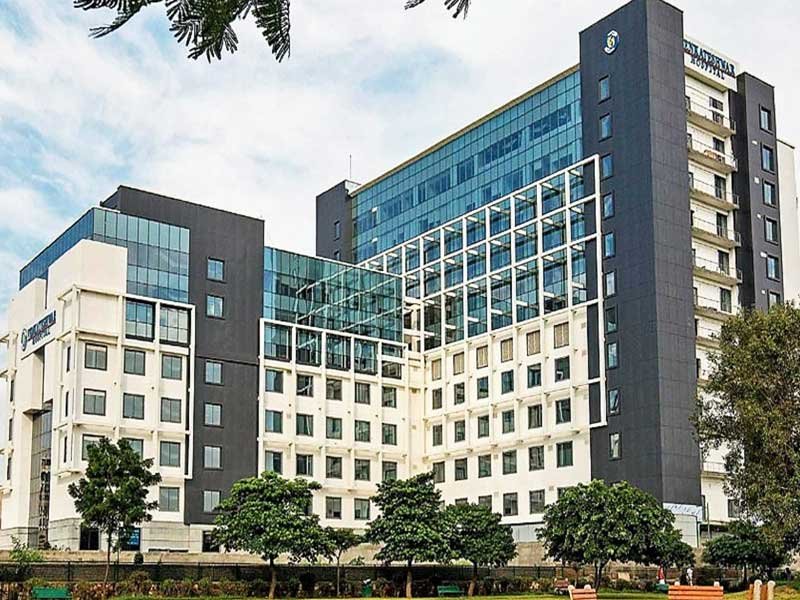
Venkateshwar Hospital
India uses various types of technologies and treatments to control sickle cell anemia symptoms and improve patient outcomes.
Hydroxyurea is mostly used to reduce the frequency of pain episodes and the need for blood transfusions by increasing fetal hemoglobin production.
This technology makes it easy the replace sickle-shaped red blood cells with healthy ones and also reduces complications related to the disease.
This procedure involves replacing the patient's bone marrow with healthy stem cells from a compatible donor.
India is researching gene-editing techniques to fix the genetic mutations that cause sickle cell anemia and develop a permanent cure for this disease.
Necessary diagnostic tests
Before your treatment surgeon advises some diagnostic tests to examine the severity of the disease, which are listed below:
Tests | Description |
Blood tests | Check for the presence of hemoglobin S, the protein associated with sickle cell anemia. In adults, a blood sample is taken from a vein in the arm, while in children and babies, it's usually taken from a finger or heel. |
Hemoglobin electrophoresis | A blood test can determine if you have sickle cell anemia, are a carrier, or have other diseases linked to the sickle cell gene. |
Genetic tests | It can determine if you have one or two copies of the sickle cell gene. Genetic tests can help confirm a diagnosis if blood test results are unclear. |
Prenatal screening | It can be performed as early as 8 to 10 weeks into a pregnancy. This test uses a sample of amniotic fluid or tissue from the placenta to look for the sickle hemoglobin gene. |
MRI | It can detect changes in bone marrow that may be associated with sickle cell disease. |
🟢Do’s Before Surgery
✅ You should follow your doctor’s instructions for taking any medicine they give you.
✅ Eating a healthy and balanced diet will help you stay strong and fight against infection.
✅ You must take a folic acid tablet every day, and your doctor might suggest other vitamins too.
✅ Drink lots of water, because staying hydrated helps prevent sickle cell problems.
✅ If you see any side effects, you must inform your doctor. Many types of treatments are available to help with side effects.
🔴Don’ts Before Surgery
❌ Avoid smoking and also being around smoke because it makes it harder for your blood to carry oxygen.
❌ You should not be drinking alcohol can dry out your body and make side effects worse.
❌ Don’t take too much stress because it can cause problems; you must learn ways to relax, such as deep breathing.
❌ You should stay active, but don’t push yourself too hard because too much exercise can make you lose water and feel short of breath.
Treatment for sickle cell anemia depends on your symptoms and overall health. If you have serious complications like acute chest syndrome, frequent pain episodes, and a stroke, your doctor might recommend a stem cell transplant. This is the only cure for sickle cell anemia.
• Blood Transfusions
• Stem Cell Transplant (Bone Marrow Transplant)
• Stem Cell Gene Addition Therapy
• Gene Editing Therapy
Other treatments include antibiotics to fight infections and medications to manage symptoms. These medications include:
• Hydroxyurea (Droxia, Hydrea, Siklos, Mylocel)
• Voxelotor (Obryta)
• L-glutamine therapy (Endari)
• Crizanlizumab-tmca (Adakveo)
Hospital Stay and Recovery Time
After sickle cell anemia treatment, you will likely stay in the hospital for 28 days. However, their recovery time takes 3 months.
The success rate of sickle cell anemia is 85%. However, it depends on the type of treatment and the age of the patient.
Here are some common complications of sickle cell anemia:
Complications | Descriptions |
Acute chest syndrome | In this type of sickle cell anemia is a severe lung-related complication. |
Anemia | In people having sickle cell anemia, the red blood cells die early; it is called anemia. |
Avascular necrosis | It happens when bone tissue dies due to sickled cells blocking blood flow to the bones. |
Blood clots | Sickled cells can increase the chance of blood clots forming, and these clots can sometimes be permanent. |
Dactylitis | Dactylitis is a complication of sickle cell anemia in which pain and swelling in the hands and feet. |
Fever | A fever may be the first sign of an infection and other severe sickle cell anemia diseases. |
Infection | People who have sickle cell anemia typically have harmful infections like the flu, meningitis, and pneumonia. |
Kidney problems | Sickle cell anemia lowers the blood flow to the kidneys, causing kidney damage and chronic kidney disease. |
Leg ulcers | Poor circulation of blood in the leg can cause painful leg ulcers. |
Liver problems | Sickled cells in the liver can damage the liver and cause severe liver disease. |
Organ damage | Not enough blood and oxygen reaching the organs can cause organ damage. |
Pain | Sometimes pain might be mild to severe and last for any length of time. |
Priapism | Sickled cells in the penis leading to a continuous painful erection are called priapism. |
Pulmonary hypertension | Develops high blood pressure in the lungs due to sickle cell anemia. |
Sleep disorder breathing | It can cause lung problems that create sleep and breathing disorders. |
Splenic sequestration | Splenic sequestration may form when sickled cells are caught in the spleen and block blood flow. |
Stroke | A stroke can happen if sickled cells get stuck in a blood vessel and block blood flow to your brain. |
Vision loss | Sickle cell anemia blocks blood flow in the blood vessels in the eye, which can cause vision problems. |
Why Choose Mejocare for Sickle Cell Anemia Treatment in India
✅ Experienced Hematologists: We connect you with proficient hematologists who have over 20 years of experience, ensuring high-quality and reliable care.
✅ JCI/NABH Accredited Hospitals: We partner with hospitals equipped with the latest technologies, including robotics, machine learning, and advanced diagnostic and therapeutic tools. These advanced facilities provide complete and personalized care.
✅ Additional Benefits: We provide quick responses, accurate cost estimates, accommodation in India, assistance with medical visas, and priority scheduling with doctors. Moreover, we make your arrival in India very easy, with airport pickup, hotel transfers, and support during your hospital stay, ensuring a smooth experience.
Sickle cell anemia can cause severe and sometimes it can cause permanent complications. For example, people with sickle cell anemia often need emergency medical care and are admitted to the hospital because they experience complications like acute chest syndrome (ACS) and vaso-occlusive crisis (VOC). However, treatment reduces and helps manage symptoms and increases longevity. With proper care, many people with sickle cell disease can live happy and healthy lives.
Disclaimer
The information in this article is for general purposes only and does not provide an exact cost estimate. If you need professional advice, we can help you connect with top doctors in India. Connect to Mejocare today.

Medically Reviewed By
QualificationsMBBS, DTMU University, Georgia.Radiation Oncology Resident at Burdwan Medical College and HospitalDr. Aryan Malhotra is a skilled and caring doctor. He is a Radiation Oncology Resident at Burdwan Medical College and Hospital. He treats people with cancer and works closely with patients during their treatment.He completed his MBBS from David Tvildiani Medical University in Georgia. He has passed the USMLE... Read More
Registration Number: 95565
Qualification: MBBS, MD from DTMU University, Georgia, Radiation Oncology Resident at Burdwan Medical College and Hospital
The cost of Sickle Cell Anemia Treatment in India is 25000 USD.
The success rate of Sickle Cell Anemia in India is around 85-90%.
5 days for adults and 4 days for children.
The expected recovery period after sickle cell anemia treatment in India is 40 to 90 days.
Sickle cell disease can lead to complications due to blocked blood flow to specific organs. These complications include severe effects like stroke, acute chest syndrome, organ damage, disabilities, and sometimes premature death. Acute chest syndrome notably reduces oxygen levels in the body.
Physical therapy like gentle exercises and targeted massage by a physiotherapist can effectively manage pain and improve blood circulation, complementing medication for symptom relief.
Yes, it is necessary to have a companion.
When receiving treatment for Sickle Cell Anaemia in India, it's best to consult your specialist 2-4 weeks before any planned travel. If you've had a serious sickle cell crisis within 2 weeks of your trip, it's advisable to postpone traveling for your health's sake.
Yes, you can do your own research and choose your therapist.
You can use Paracetamol regularly to manage mild to moderate pain. Moderate pain can be managed using non-steroidal anti-inflammatory drugs (NSAIDs) like diclofenac or ibuprofen.
Yes, insurance will cover the cost of Sickle Cell Anemia Treatment in India.
To discover the top doctors or hospitals in India, you can visit our website, mejocare on the doctors' page, you can filter and find the finest doctors, while on the hospital page, you can identify the best hospitals. Additionally, you can reach out to us, and we will gladly offer you all the necessary suggestions and information you need.
Treating Sickle Cell Anaemia involves introducing new stem cells into the patient's bloodstream. It takes a few weeks for these cells to begin developing in the bone marrow, during which the child stays in the hospital.
No, there is no waiting list for Sickle Cell Anemia Treatment in India.
Before medical procedures, tests like CBC, urine analysis, Chest X-ray, ECG, and Kidney Function Tests are typically performed to evaluate different aspects of your health.
Sickle Cell Anemia treatments in India often use Propofol, a safe and swift-acting sedative. Patients are not fully unconscious but comfortably sleep through the procedure, often forgetting the experience afterward.
As soon as you're ready.
Medications like opioids commonly lead to constipation after surgery. To prevent it, avoid high-fat cheeses, processed foods, red meats, dried or dehydrated foods, full-fat dairy, and sugary treats.
It's important to monitor vital signs, tend to the wound, manage any complications, consider rehabilitation services, and attend follow-up appointments for a smooth recovery.
Our care team can help you.
